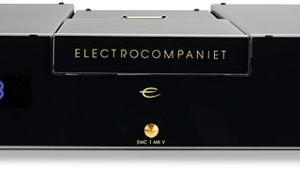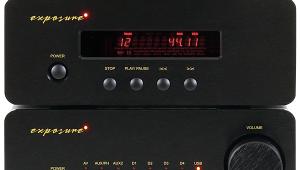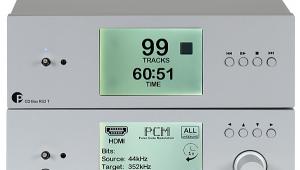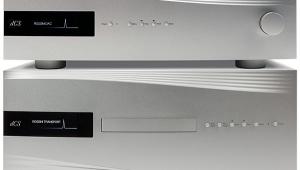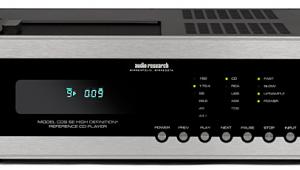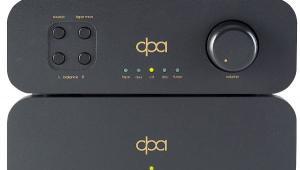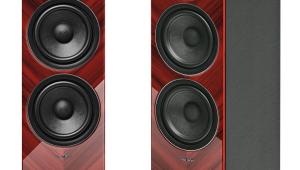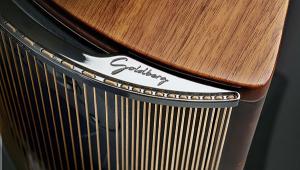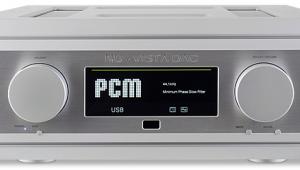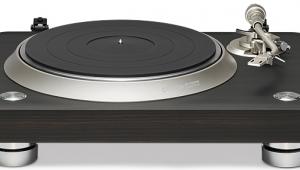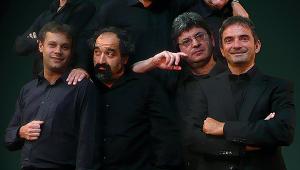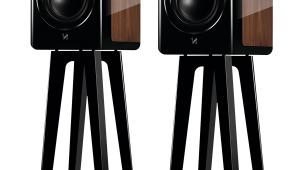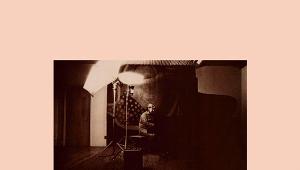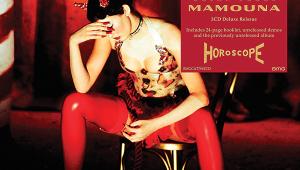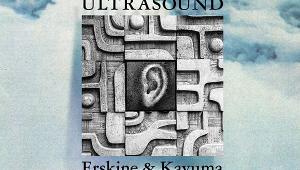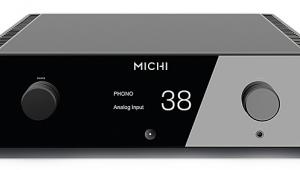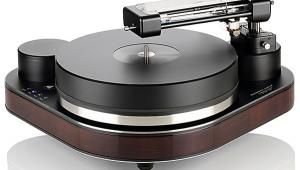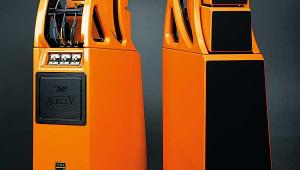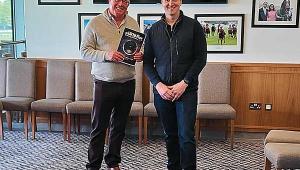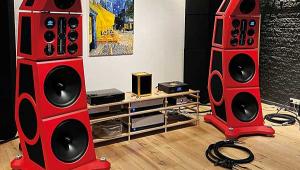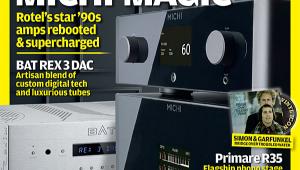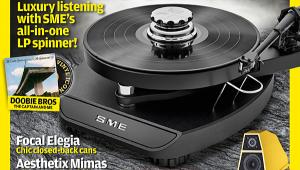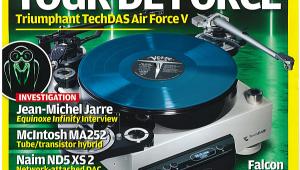Loit Passeri (£20,000)
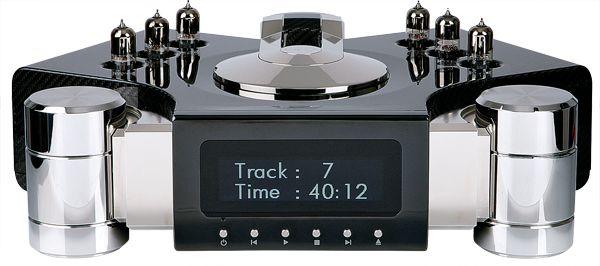
It is also a great piece of industrial design. At the outset, Kam commissioned well-known Russian designer Artemy Lebedev who envisaged the CD cover as a simple flat disc, ringed by a glow of blue light. But Kam thought this was too much, and preferred the cover to match the metallic finish of the feet.
In practice the cover is aluminium and the feet are stainless steel. Says Kam: ‘We tried a lot of combinations and at the end, this was [sonically] the best.’ Kam admits that the choice of carbon fibre for the casing was initially made mainly for aesthetic reasons, but says later listening trials showed that it did not add any flavour to the sound.
Inevitably, the silicon-gel mounted ‘CD engine’ used is the Philips CD-Pro2LF, a metal-chassis mechanism which has become the industry standard for high-end players. On the chassis in front of the transport is the all-important Oven Controlled Crystal Oscillator master clock, chosen for maximum precision. Digital-to-analogue conversion is by pairs of 24-bit/96kHz Burr-Brown PCM1704 chips.
The tubes are Sovtek 6H30 double-triodes, three for each channel. A single stage of amplification provides current-to-voltage conversion, low-pass filtering and output buffering, without any negative feedback. The rearmost tubes are used along with a MOSFET circuit as the voltage regulator for the HT power supply and there are separate supply components for the digital and analogue sections of each channel.
The chassis has a low centre of gravity and even weight distribution between the three feet. Each of its stainless-steel towers conceals a ceramic ball that provides the support point and transfers energy to avoid a ‘build-up of resonances within the player’. The front-panel screen offers a bold two-line display while fascia buttons provide standard transport controls, ‘Eject’ operating the somewhat noisy motorised loader cover.
Tactile reality
We quickly realised that the Passeri was something special. It seemed to let the music breathe in its own space, with both instruments and voices fully formed, presented without even a trace of mechanical harshness. For example, on ‘Kalerka’ from Rebecca Pidgeon’s The Raven [Chesky], the singer’s voice was tangibly clear and endearingly textured, while the instrumental background in this more artful and complex studio production seemed to form itself like a warm and almost cosy shell around the singer. While the bass was soft and unemphatic, the overall effect was engaging and easy on the ear.
After this it was fascinating to hear how the Passeri would handle more rocking material. With Ry Cooder and Bop Till You Drop from 1979 [Warner Bros], the sound was inviting and informative. With ‘Little Sister’ the Passeri drew you in to the mix of guitars, presented as intelligently-combined musical threads rather than a melange. The bass seemed understated, giving you the bass guitar line clearly enough, but not with especially great power.
Respighi’s Church Windows, on Reference Recordings, impressed by the calm, measured quality of the music-making as well as the ambient space. We found ourselves repeatedly replaying the second of the ‘Windows’ in the Suite, ‘St Michael Archangel’, just to hear the huge gong crash at the end. This sounded just great, true and natural, except that it should have had a bit more bottom end weight.
Verdict
There’s a lot to admire in this player before you switch it on, and the sonics more than live up to expectation. And, with a presentation that’s rather like putting a valve amp in your system, it welcomes you into the music with ease, naturalness
and integrity.
Originally published in the 2014 Yearbook




